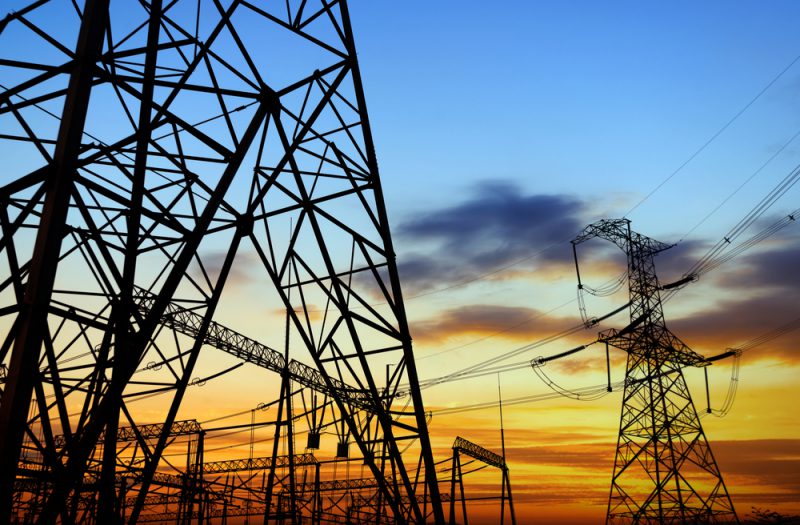Utilities seek new ways to pay for system improvements

SCOTTSDALE, Ariz. — Though electricity consumption of U.S. households has declined, the need for electric companies to make system improvements remains strong. This presents unique challenges to regulators and utilities, who have begun to explore alternative ratemaking methodologies and other new strategies for recovering costs.
At the National Association of Regulatory Utility Commissioners (NARUC) Summer Policy Summit held this week in Scottsdale, Arizona, panelists discussed approaches that utilities and regulators are taking to address the issue.
Electricity sales in the United States saw sustained growth through 2010 but then began to decline in terms of both absolute and per capita sales. From 2010 to 2016, residential electricity sales per household fell by approximately 9 percent, according to data from the U.S. Energy Information Administration. These declines are due in large part to energy efficiency improvements and economic factors, EIA said.
At the same time, utilities have increased their spending on system upgrades. According to Deloitte, capital expenditures by U.S. electric and gas utilities reached approximately $115 billion in 2016, up from $69 billion in 2008.
“It seems as though for most of the 20th century, the new thing was more and better, and we got plenty of both, but now we seem to be in a time of declining consumption at the same time that we still have growing infrastructure needs,” said Stephen St. Marie, senior regulatory analyst at the California Public Utilities Commission and the moderator of the panel.
The panelists discussed alternative ratemaking approaches including decoupling, fixed/variable-rate designs and inclining block rates.
A higher base rate and lower usage charge, the panelists noted, can help give utilities more certainty related to their revenue. This approach, however, is not often popular among residential customers since it lessens their ability to manage their bills. Any fixed charge, said panelist Elizabeth Triscari, deputy advocate at the Pennsylvania Office of Small Business Advocate, should be cost-based.
Another frequently discussed strategy was the distribution system improvement charge (DSIC), which allows for rate increases to fund improvements that do not increase revenue, such as replacing aging infrastructure, without a formal rate case. Currently 16 states allow for some form of DSIC.
One of the major benefits of DSICs is that they allow for rates to increase gradually, rather than in large amounts following less frequent rate cases, the panelists said. This allows utilities to spread out their rate case costs.
“Obviously, from a utility perspective, gradualism is a good thing,” panelist Sean Bradford, vice president of corporate services at EPCOR Utilities, said. “I think having smaller incremental increases is more palatable to our customers.”
Triscari noted, however, that while extending the time between rate cases is beneficial, it shouldn’t be extended too far. Pennsylvania, she said, requires utilities to have filed a rate case within the last five years in order to implement a DSIC.
The panelists also discussed the importance of educating consumers about utilities’ costs as well as how rates are calculated and charged to customers.
They emphasized that while there are many helpful tools at utilities’ disposal for managing increasing costs and decreasing demand, none of them is a cure-all solution that will work across the board.
“I don’t think it’s going to solve all of our problems,” Bradford said, of decoupling. “I don’t think it’s going to fix the issue of rate design. I think as an industry, as regulators, we need to collaborate and work together to come up with the various tools of the toolbox that make the most sense given where they are in the country and given their various needs.”
